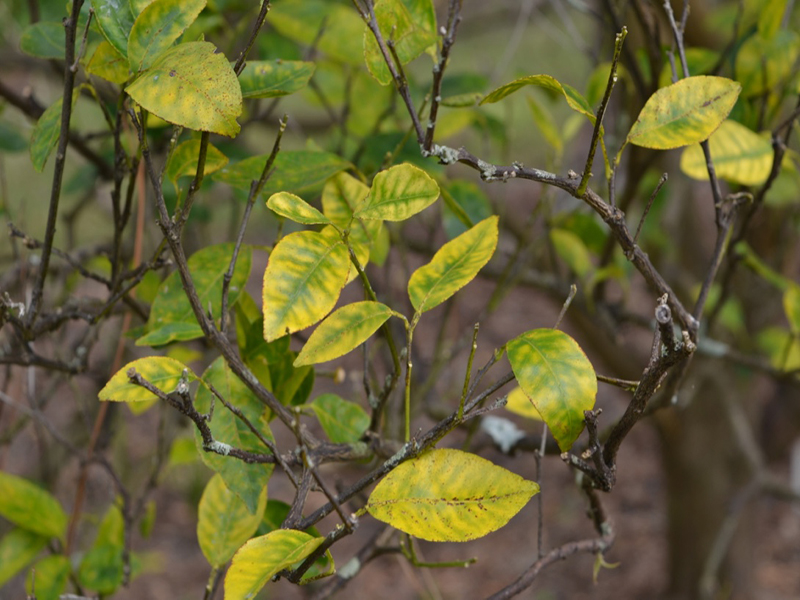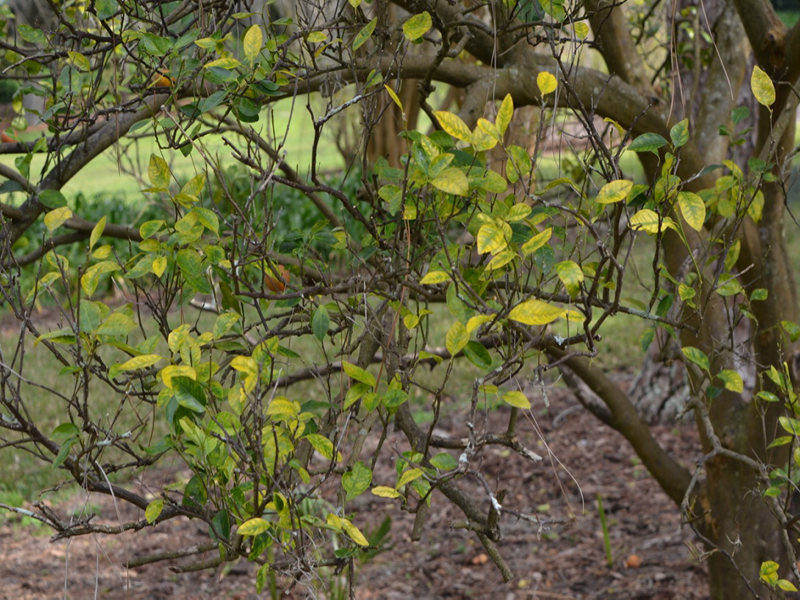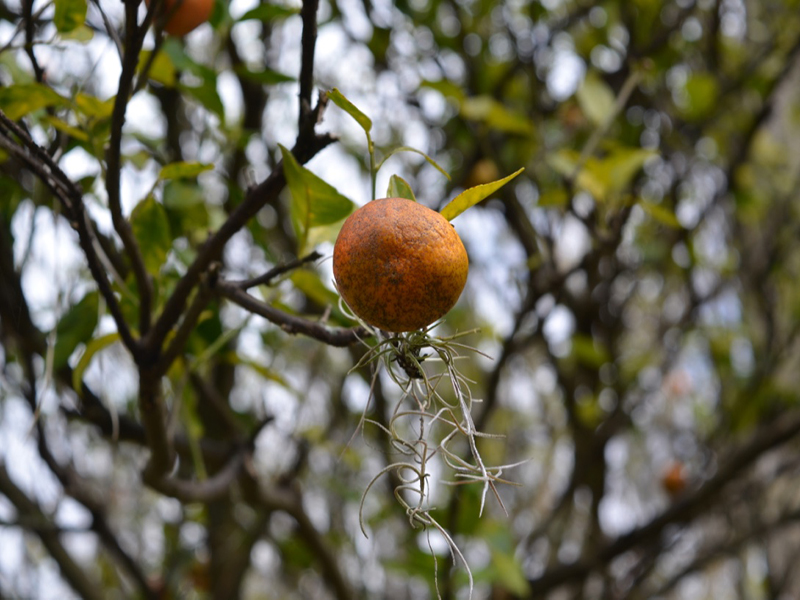
Tropicals, Woody > Citrus > Citrus reticulata > Citrus reticulata 'Sunburst'
Citrus reticulata
'Sunburst'
Sunburst Mandarin Orange
| Family |
| Rutaceae |
| Genus |
| Citrus |
| Species |
| reticulata |
| Cultivar |
| 'Sunburst' |
| Category |
| Tropicals, Woody |
| Type |
| Tree (evergreen) |
| USDA Hardiness Zone |
| 7a - 11 |
| Canadian Hardiness Zone |
| 8b |
| RHS Hardiness Zone |
| H6 - H1c |
| Temperature (°C) |
| above 4.5 |
| Temperature (°F) |
| 0 - above 40 |
| Height |
| 3 - 6 m |
| Spread |
| 3.0 - 5 m |
Photographs
Description and Growing Information
Flowering Period
| General Description |
| It is a cross between the two citrus hybrids Robinson and Osceola. This cross was made in 1961 and was released for commercial use in 1979 by C. J. Hearn of the United States Department of Agriculture in Orlando. |
| Landscape |
| This cultivar is self-incompatible and will produce poorly when planted in solid blocks. To achieve maximum fruit set an adequate number and arrangement of pollenizer trees is required. |
| Cultivation |
| Prefers full sun and grows best in rich, acidic soils but does not do well in overly wet soils. |
| Shape |
| Symmetrical, open and rounded. |
| Growth |
| Medium |
| Pests |
| Xylella a bacterial disease is a serious threat to many horticultures crops due to its virulence and wide range of species it can infect. It can infect more than 560 species with wide ranging symptoms including leaf scorch, yellowing and scorching, wilt, branch and twig dieback and plant death. These symptoms can be identical to other symptoms such as drought and weather stress. Infected plants show symptoms within a few years after planting. |
| Leaf Description |
| Sunburst trees have dark-green foliage, moderately vigorous, thornless, up-right, and spreading shape. They are tolerant of snow scale, moderately cold hardy and have resistance to scab. |
| Flower Description |
| Flower buds are light pink, blooms are white. |
| Fruit Description |
| Fruit is juicy and sweet, medium in size, loose skinned and easy to peel. They are 5-10 cm in diameter and have easily divided sections. Fruit is in season from late autumn through the winter months. Fruit segments number from 11 - 14 and have a somewhat hollow central axis. |
| Notable Specimens |
| Bok Tower Gardens, Lake Wales, Florida, United States of America. |
| Propagation |
| Cuttings or grafting. Trees have been produced on many of the standard rootstocks of Carrizo citrange, sour orange, Swingle citrumelo and Cleopatra mandarin and have all produced acceptable fruit quality and yield. |
| Ethnobotanical Uses (Disclaimer) |
| Edible fruit. |




